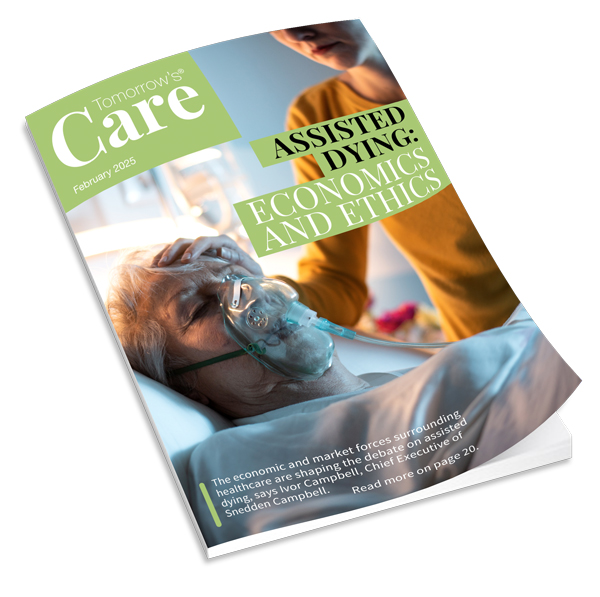People with dementia are more likely to go missing in areas where road networks are dense, complicated and disordered – according to a new study.
Researchers at the University of East Anglia studied hundreds of ‘missing person’ police reports for people with dementia and compared each case to the surrounding road network.
Prof Michael Hornberger, from UEA’s Norwich Medical School, said: “Around 40,000 people with dementia go missing for the first time every year in the UK – and this figure is likely to grow with the projected increase in the dementia population.
“Unfortunately, the first event when people with dementia go missing comes completely out of the blue, when doing such routine activities as going for a walk with the dog or getting the newspaper from the local shop.
“When a person with dementia goes missing, it can have life-threatening consequences. But very little is known about what actually causes people with dementia to go missing.”
The research team set out to find out whether the design of road networks could be linked to people going missing.
They looked at 210 police records of people with dementia going missing in Norfolk over three years - and compared each case to the nearby road network.
PhD student Vaisakh Puthusseryppady, also from UEA’s Norwich Medical School, said: “We know that people with dementia have difficulty navigating, so we wanted to see whether there was a relationship between people going missing and the outdoor environment they went missing from.
“We were particularly interested in road layouts as they determine significantly our navigation, in particular the complexity of the road network, the complexity of road intersections, and how ordered the overall layout of the road network is.
“We found that the higher the density of road intersections, the more complicated the road intersections are, and the less ordered or less grid-like the overall road network layout, the greater the risk for people with dementia to get lost.
“We think this is because each road intersection represents a point at which a person needs to make a critical navigation decision. The more intersections there are, the more complex these intersections are, and the more disorganised the overall road network is - the bigger the problem for people with dementia.
“This is because these factors can make it more likely for people with dementia to make an error and make a wrong turn, causing them to get lost and go missing.
“We hope that, by identifying these environmental risk factors, our findings can potentially help identify or predict areas where people with dementia may be at higher risk of going missing from – and contribute to the development of safeguarding guidelines to prevent them from going missing in future.
"It will also inform future recommendations for dementia-friendly urban design,” he added.
The study was led by UEA in collaboration with University College London, the University of Leeds, the Norfolk and Norwich University Hospital, and Norfolk Constabulary.
‘Impact of road network structure on dementia-related missing incidents: a spatial buffer approach’ is published in the journal Scientific Reports on October 29, 2020.


























